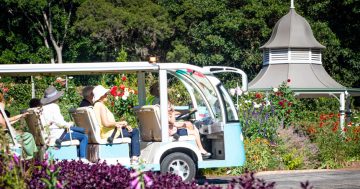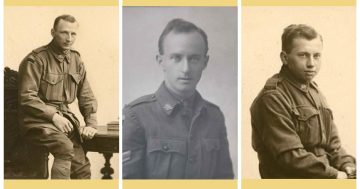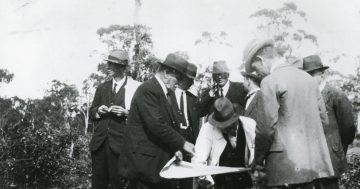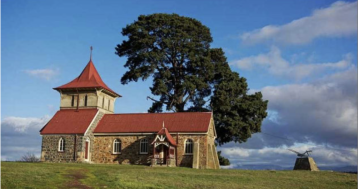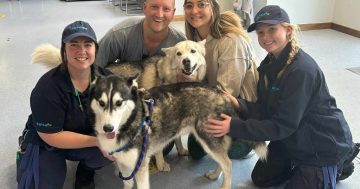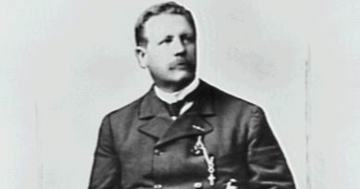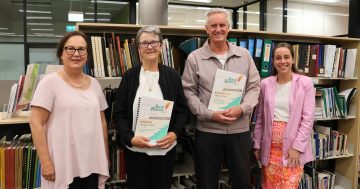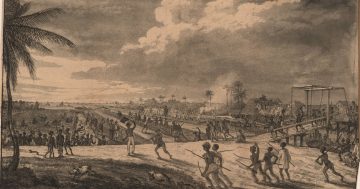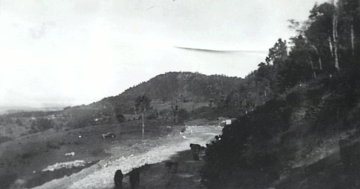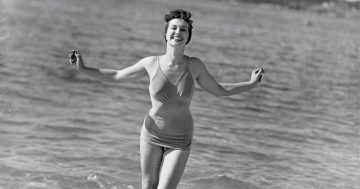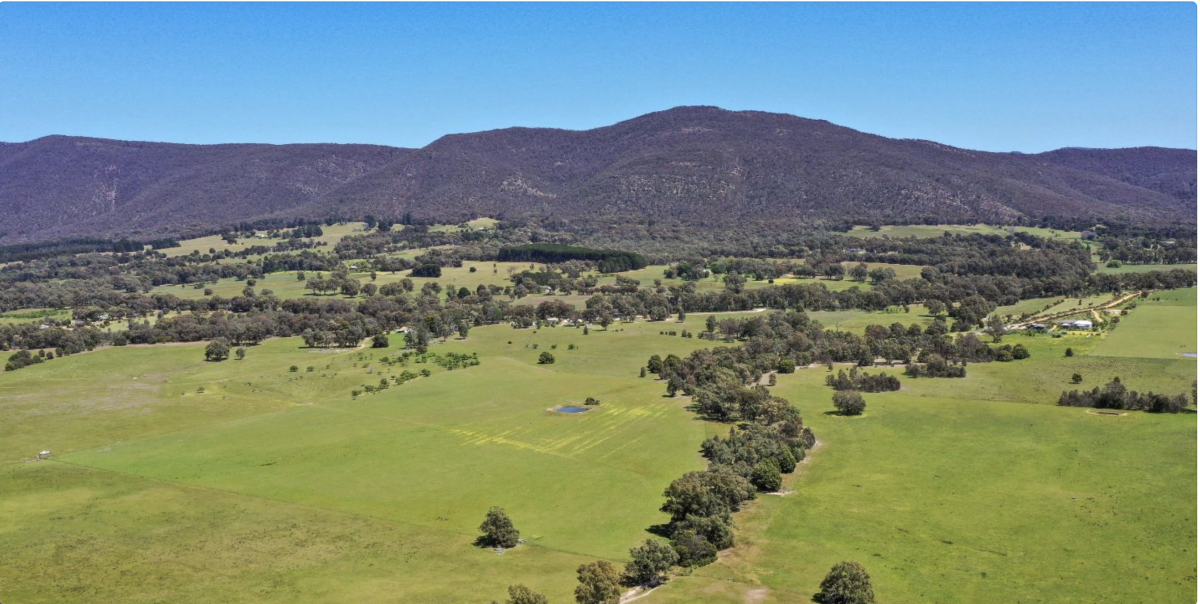
The Illawarra in Victoria looks eerily similar to Wongawilli in our Illawarra. Photo: Supplied.
It might look a bit like the then tiny mining village of Wongawilli in the old days where, by the way, the Australian actor John Jarrett was born – yet it’s not.
It’s in Victoria and it’s called “Illawarra” – and there is even an Illawarra Nature Conservation Reserve covering an area of around 600 hectares.
I only discovered all this because of the massive bushfire that was raging in the Grampians area for more than two weeks in late December 2024 and had already burnt through at least 55,000 hectares of land – described as “a blaze as big as Singapore”.
But back in 1941 it was not fire but floods that hit Illawarra in Victoria: “The Grampians road was closed on Saturday night … here the Pleasant Creek crosses the road at Illawarra the water was three feet deep … and several cars which ventured through the stream had a difficult experience, with the water running in one door and out the other, and the passengers sat with their feet on the seats of the car. A couple of cars had to be towed into Stawell. It is years since such a flood has been experienced at that point.”
Still further back, in 1917, Illawarra in Victoria even had its own small state school, something of which Wongawilli in Illawarra can still not boast – although the population in Wongawilli today is growing so fast it may well soon need one.
In the same year, the Illawarra locals in Victoria – as did those in Illawarra NSW – went in for the “sport” of coursing which is the pursuit of game or other animals by dogs – chiefly greyhounds and other sighthound. It involves people using animals to catch prey by speed: running by sight, but not by scent. In this area of Victoria they even once held an event named “The Illawarra Class Coursing Stakes”.
In Illawarra NSW, there is a Land Department “Parish of Wongawilli within the County of Camden”; in Victoria there is a “Parish of Illawarra In the County of Borung”.
But this is all small town “Illawarra Victoria” stuff – the real Victorian “Illawarra” action is more to be found in ritzy Toorak.
Constructed in 1889-91 and designed by James Birtwhistle, Illawarra House was commissioned by the infamous and unabashed land boomer, Charles Henry James, one of the prime beneficiaries of the wild and lucrative land speculation in Victoria in the 1880s.
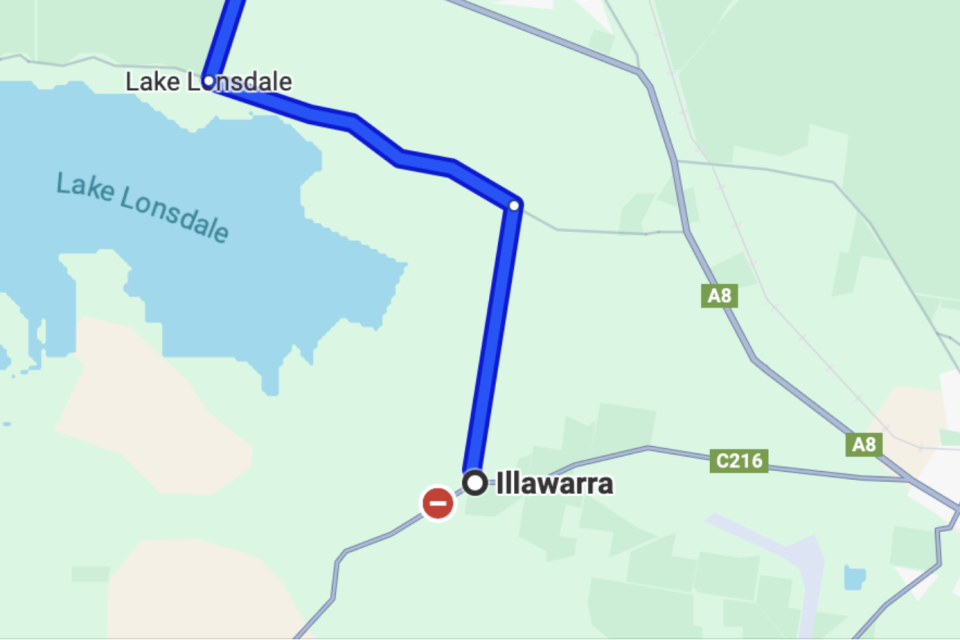
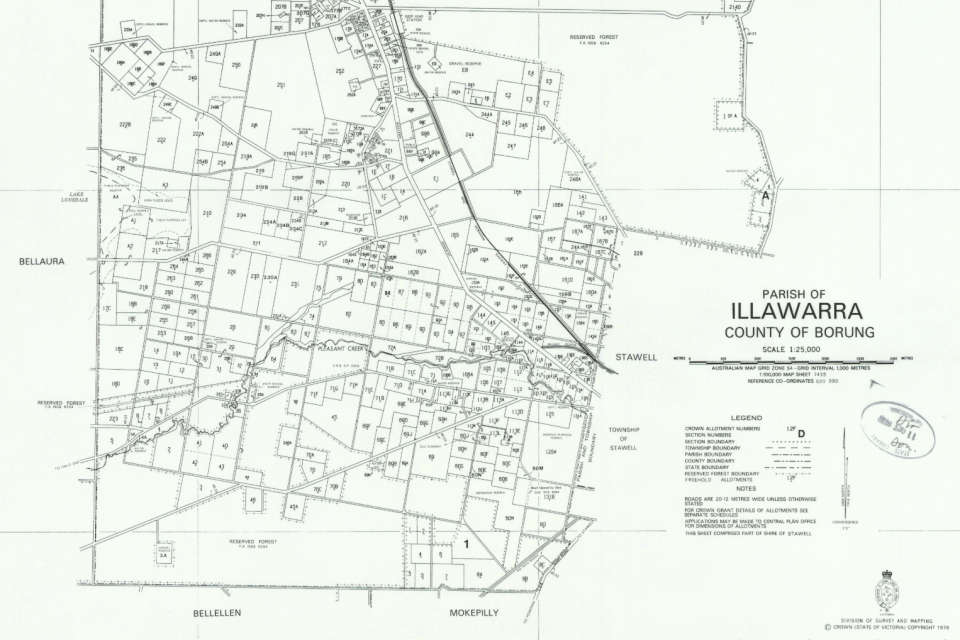
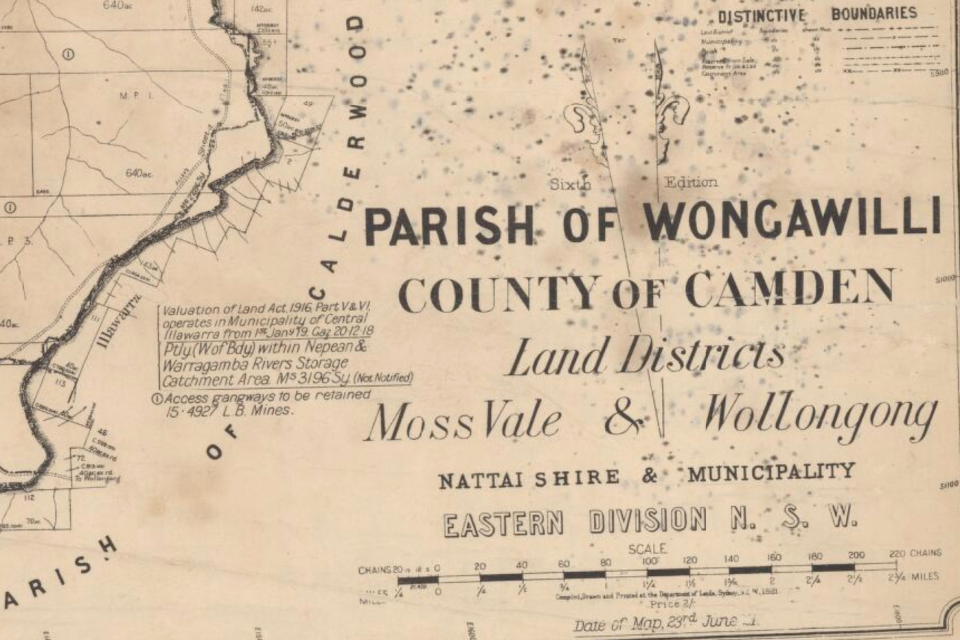
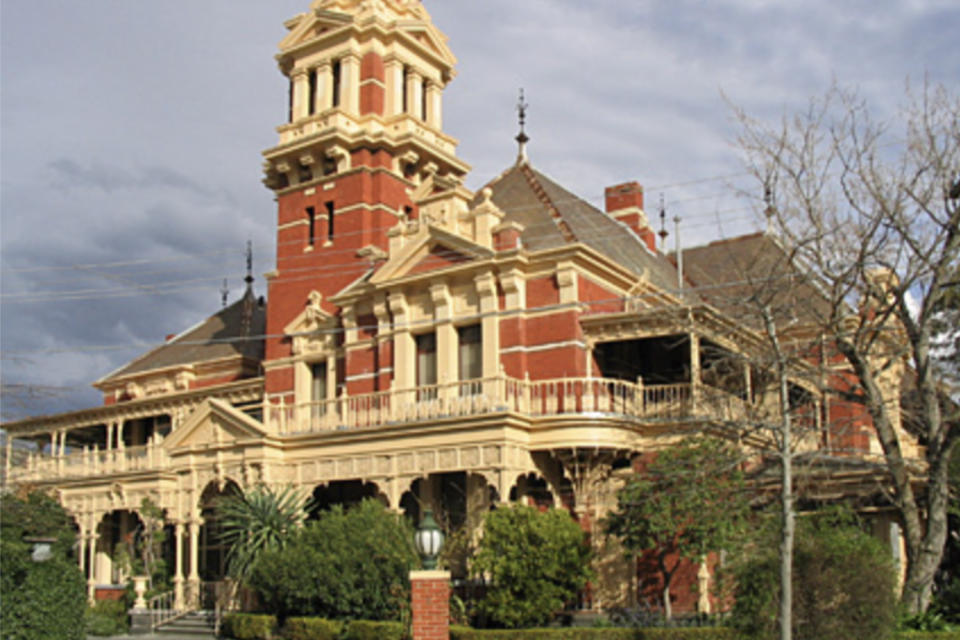
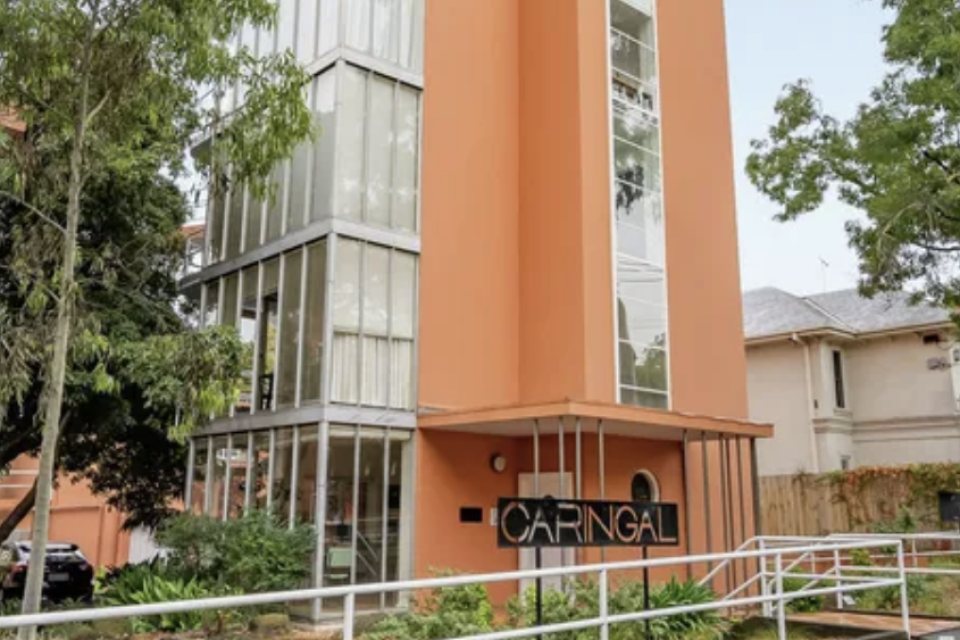
By 1887 C. H. James claimed to have already sold £3 million worth of land. Today his “Illawarra” mansion is owned by the National Trust and leased to St Catherine’s School. The building contractor was Mr G. B. Leith.
James’ fortunes, however, plummeted rapidly in the major depression of the 1890s.
Nonetheless, his bank did not liquidate until the end of 1895 and he himself staved off his personal creditors until declared bankrupt in May 1897.
Weakened on all sides by deflated land, shares and building values, repeated bank failures, bad debts and drought, C. H. James ended up repaying less than seven pence in the pound on his massive debts of £851,842.
During his personal bankruptcy proceedings, James moved to Sydney and after a severe illness died at Burwood in October 1898. He was survived by his wife Harriette Hardy, nee Dobson, whom he had married in about 1873 in Melbourne, and by whom he had five daughters and a son.
The big puzzles – and ones I hope some Region Illawarra reader can solve – is why is there a place near Stawell in Victoria named “Illawarra” and who gave it that appellation?
Additionally, why was Charles Henry James’ Toorak mansion named “Illawarra”?
The only guess I’ve had is that, perhaps, the family of his wife Harriette Hardy James (nee Dobson) had some connection with our own Illawarra.
Harriette had died in 1937 somehow leaving, despite her husband’s bankruptcy, a still handsome estate of £21,418. She even managed to get back to a no doubt rather nice shack in Toorak named “Caringal” that looks very different today.
Charles Henry James (1848-1898) was born on 7 December 1848 at Enniscorthy, County Wexford, Ireland, as the son of James James, a farmer, and his wife Catherine, nee Shiels.
In Australia C. H. James reputedly began business as a humble grocer in North Melbourne and at some stage lived in South Australia but, otherwise, had no known connection with our Illawarra in NSW.
I once spent years trying to determine why there was an Illawarra in Tasmania and feel I’ve got as close to solving that mystery as anyone is likely to – but both Illawarras in Victoria currently have me completely stumped.
Help!








